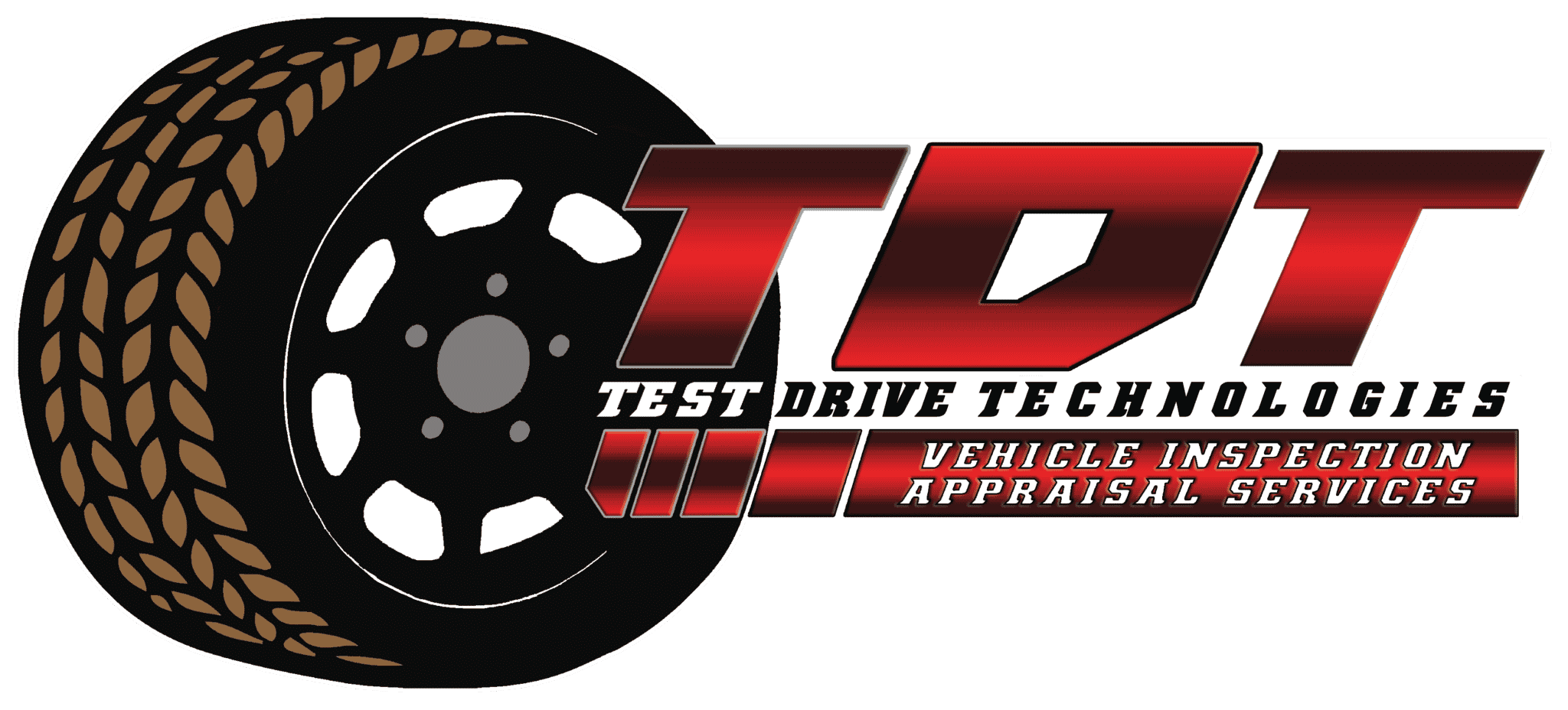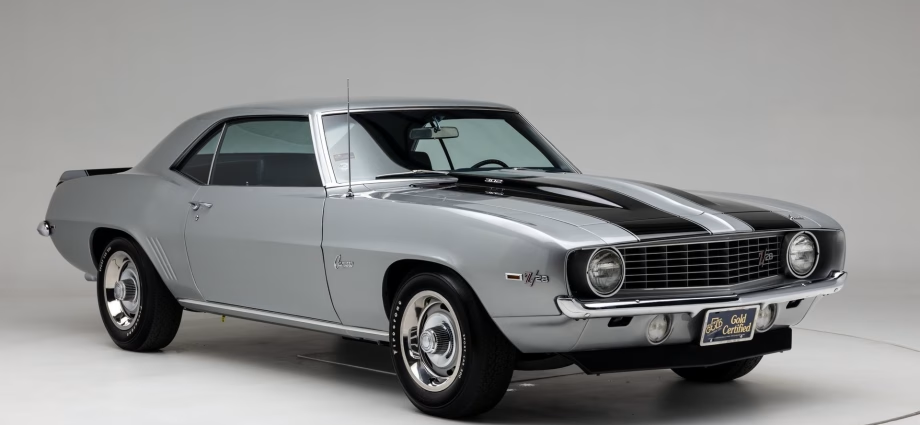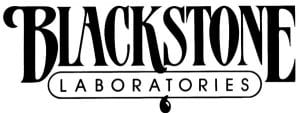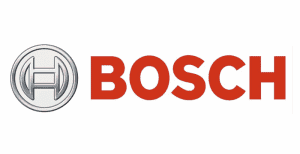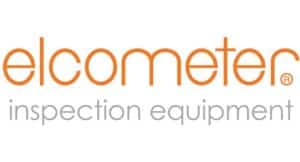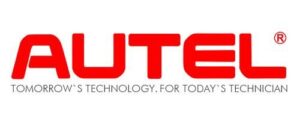1969 Chevrolet Camaro Z/28 Buying Guide: What to Look for During Inspection
The 1969 Chevrolet Camaro Z/28 is one of the most iconic muscle cars of all time, known for its high-revving 302 cubic-inch V8, aggressive styling, and legendary Trans-Am racing heritage. Whether you’re looking for a numbers-matching survivor or a well-restored example, knowing what to look for during an inspection can save you from buying a clone, a poorly restored car, or one with hidden mechanical issues.
This 1969 Camaro Z/28 Buying Guide will walk you through the key factors to inspect, from verifying authenticity to checking for rust and mechanical wear.
1. Verify the Authenticity – Is It a Real 1969 Chevrolet Camaro Z/28?
Since the Z/28 package was a performance upgrade rather than a separate model, some base-model Camaros have been cloned to look like Z/28s. To avoid fakes, here’s what to check:
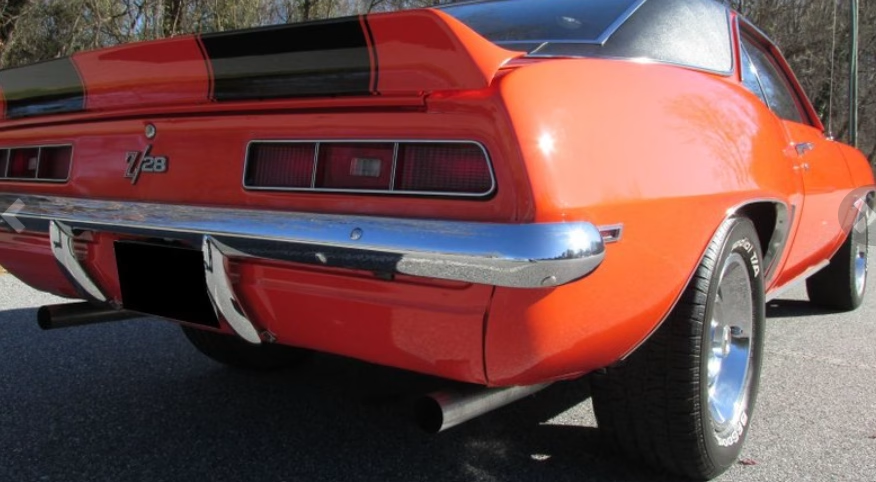
A. Check the VIN (Vehicle Identification Number)
The VIN on a 1969 Chevrolet Camaro Z/28 should start with “12437” (for a coupe) or “12467” (for a convertible). However, the VIN alone does not confirm it’s a real Z/28—you’ll need to verify additional codes.
B. Cowl Tag (Trim Tag)
The Trim Tag (on the firewall, driver’s side) provides important factory codes. Look for:
- “X33” or “X77” on the trim tag – These are Z/28 codes for Norwood-built Camaros.
- “X33” means the car originally had deluxe trim.
- “X77” means standard trim (no chrome trim around wheel wells, no brightwork).
🚨 Beware of fake trim tags! Some unscrupulous sellers swap them from other Camaros to pass off clones as real Z/28s.
C. Engine Block & Matching Numbers
A real Z/28 must have a DZ 302 cubic-inch V8 with these identifying codes:
- “DZ” suffix code on the engine pad (passenger side, front of the block).
- Block casting number “3932386” or “3970010”.
- Partial VIN on the engine block should match the car’s VIN (check near the oil filter).
2. Inspect the Body for Rust & Structural Issues
The 1969 Chevrolet Z/28 Camaro is over 50 years old, and rust is the biggest enemy. Check for:
- Floor pans & trunk pan – Soft spots or bubbling indicate rust.
- Lower fenders & quarter panels – Common rust areas.
- Rear window corners & windshield base – Water collects here, leading to rust.
- Rocker panels & frame rails – Major structural components; replacing them is costly.
🚨 Pro Tip: Use a magnet or a digital paint meter to detect bondo (filler) on body panels—restorers sometimes hide rust with excessive filler.
3. Suspension & Undercarriage – Check for Hard Driving Damage
The Z/28 was built for performance driving, so many have been raced or driven hard. Inspect:
- Subframe & floor pan welds – Cracks or reinforcements suggest heavy use.
- Control arms & bushings – Worn bushings lead to sloppy handling.
- Rear leaf springs – Look for sagging or replacements (originals are multi-leaf).
- Shock towers – Inspect for cracks, which indicate chassis stress.
4. Mechanical Inspection – Is It the Original Drivetrain?
A numbers-matching 1969 Chevrolet Camaro Z/28 is worth significantly more than one with a swapped motor. Key components to check:
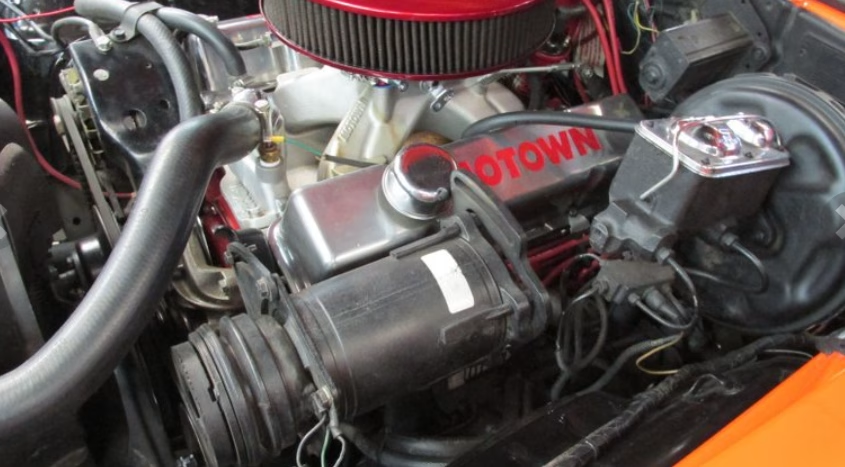
A. Engine
- Check the revving behavior – The DZ 302 was made for high-revving (7,000 RPM+), so hesitation could indicate carb or ignition issues.
- Factory Holley Carburetor – Should be a Holley 780cfm carb (List 4053).
- Original Aluminum Intake – Winters “Snowflake” aluminum intake manifold (Part No. 3932472).
B. Transmission
- The only transmission available on the Z/28 was the Muncie 4-speed manual (M20, M21, or M22 “Rock Crusher”).
- Look for matching transmission case numbers to confirm originality.
C. Rear Axle
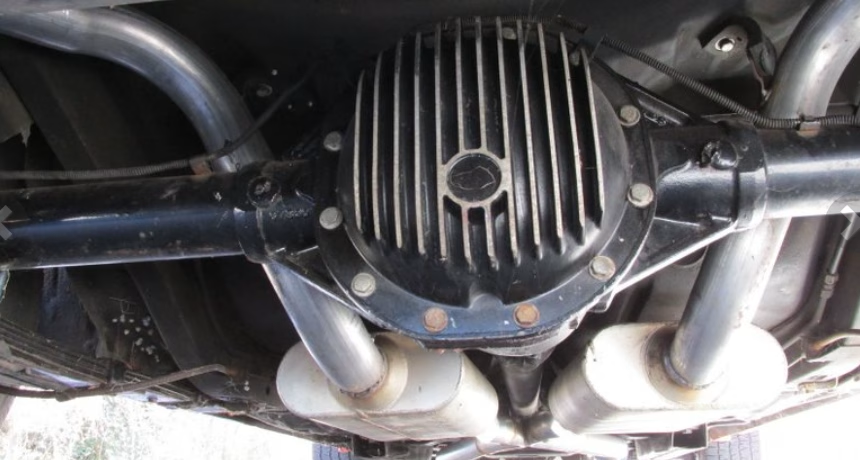
- Should have a 12-bolt rear differential.
- Look for 3.73 or 4.10 gear ratio (common Z/28 options).
- Code stamped on the axle tube should match factory specs.
5. Interior – Original or Reproduction 1969 Chevrolet Camaro Z/28?
The interior plays a big role in value. Here’s what to inspect:
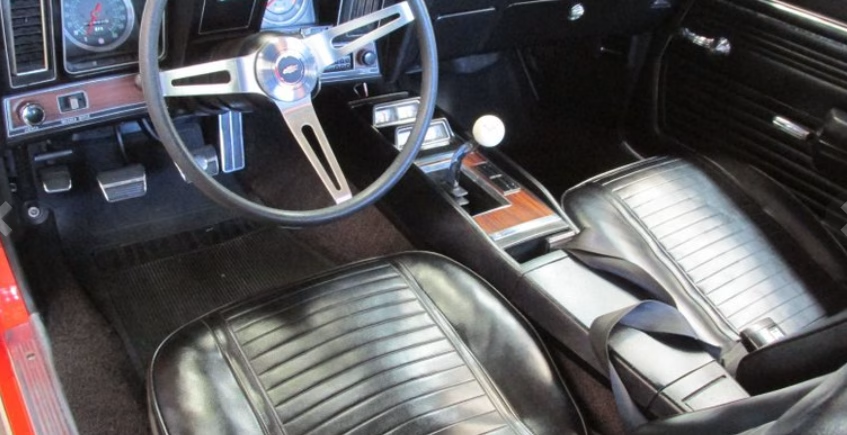
- Gauges & Tachometer – Factory Z/28s had a 6,000- or 8,000-RPM tach.
- Console with “Horseshoe” Shifter (if Automatic) – But most Z/28s were 4-speeds.
- Seats & Door Panels – Check for factory-correct colors and materials.
- Steering Wheel – Original “woodgrain” or standard 3-spoke wheels add value.
🚨 A correct, well-preserved interior can make a big difference in price!
6. Decoding the Build Sheet & Protect-O-Plate
If you’re serious about authenticity, ask the seller for documentation. The build sheet and Protect-O-Plate confirm factory equipment and original buyer details.
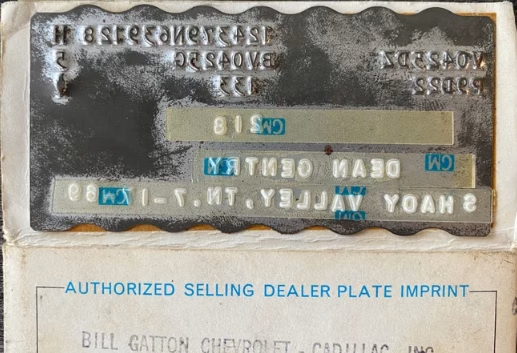
- Build Sheet – Shows factory-installed options, found under the seat, behind door panels, or inside the dash.
- Protect-O-Plate – A metal warranty card issued with the car when new, proving original drivetrain details.
7. Price Guide: How Much Should You Pay for a 1969 Chevrolet Camaro Z/28?
The 1969 Chevrolet Camaro Z/28 has skyrocketed in value, and pricing depends on originality, condition, and documentation.
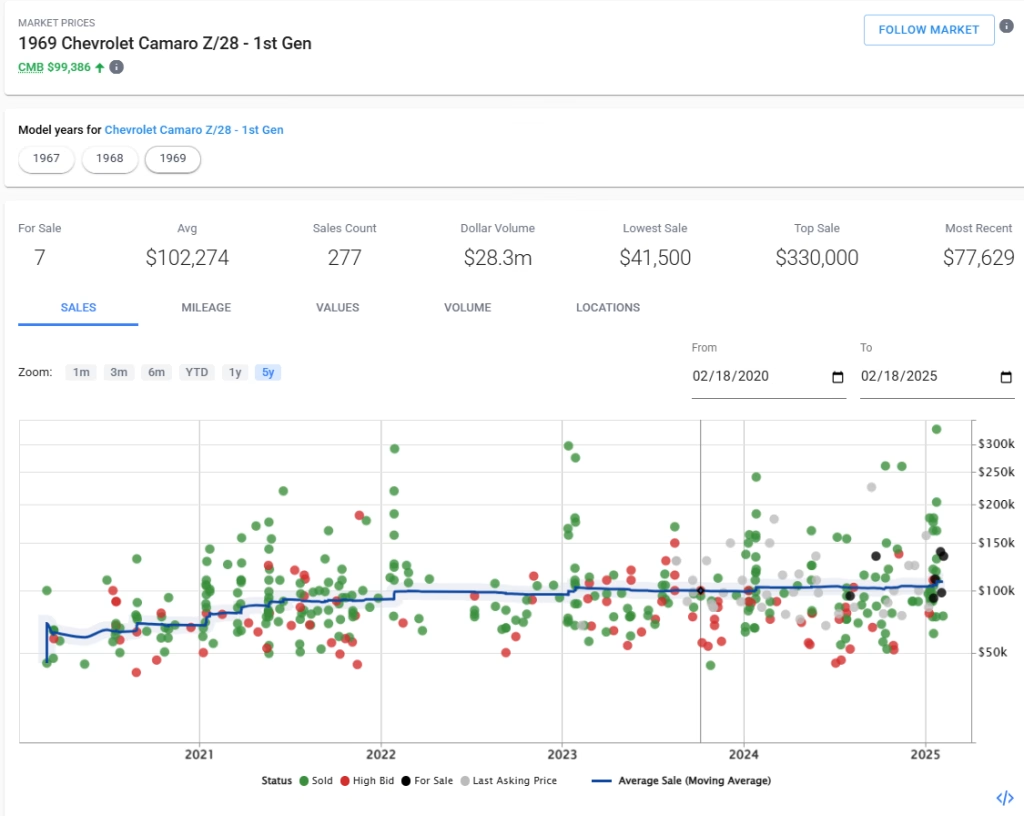
| Condition | Market Value (2024) |
|---|---|
| Project Car (Non-running, major rust) | $30,000 – $50,000 |
| Driver Quality (Good condition, non-matching numbers) | $75,000 – $120,000 |
| Numbers-Matching, Restored | $150,000 – $250,000 |
| Survivor, Unrestored, Documented | $200,000 – $300,000 |
| Best Auction Price (Mecum, Barrett-Jackson) | $715,000 (for rare examples) |
1969 Chevrolet Camaro Z/28 Final Buying Tips
✅ ALWAYS check VIN, trim tag, and engine codes to confirm it’s a real Z/28.
✅ Inspect for rust, especially in hidden areas like the firewall and trunk.
✅ Drive the car – The 302 V8 should pull strong up to 7,000 RPM.
✅ Look for documentation (Protect-O-Plate, Build Sheet) to verify authenticity.
✅ Use an expert appraiser if you’re unsure about originality.
A well-preserved 1969 Camaro Z/28 is an amazing investment and collector’s dream. With this buying guide, you’ll be well-prepared to find an authentic, high-value example while avoiding clones and bad restorations.
